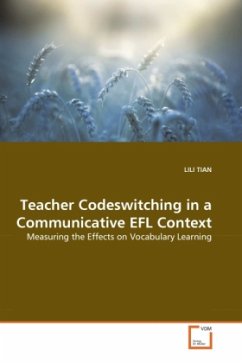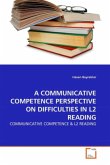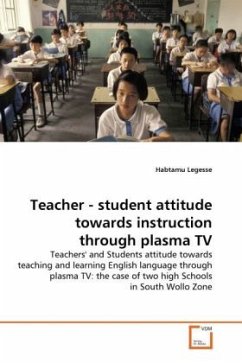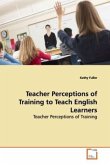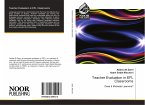This book investigated the effect of teacher codeswitching on second language vocabulary acquisition when learners are presented with listening materials and encouraged to interact with the teacher and negotiate meaning of the listening materials and new vocabulary without disrupting the communicative orientation of the lessons. One hundred and seventeen first-year English-majors in a Chinese university were randomly assigned into three groups: the codeswitching group, in which codeswitching was used by the teacher to explain English vocabulary, that is, the teacher provided Chinese equivalents for the English target words; the non-codeswitching group, which received lessons without the teacher's switching to Chinese, in other words, the teacher provided English information for the English target words; and a control group. Results show that it is in fact beneficial to focus on form on lexical items in a communicative language classroom. The students' vocabulary learning was better facilitated by the teacher's use of codeswitching for short term learning. However, this advantage disappeared when long term learning was considered.
Bitte wählen Sie Ihr Anliegen aus.
Rechnungen
Retourenschein anfordern
Bestellstatus
Storno

